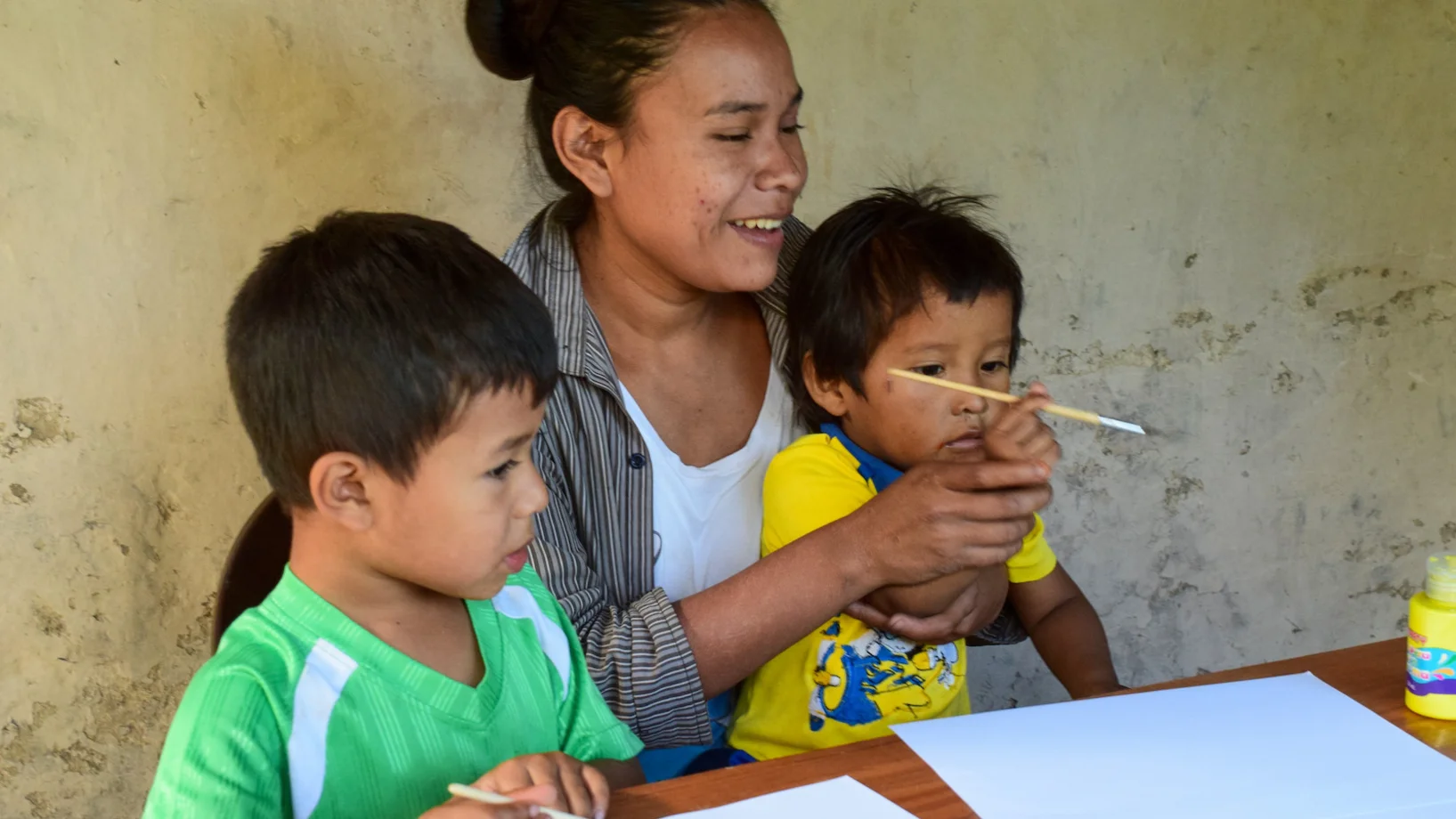Vivamos Mejor has been working in Nicaragua for more than twenty years. Since April 2018, the country has been experiencing a severe political crisis, and since then, human rights and the space for civil society organisations to operate have been continuously restricted. More than 3,000 NGOs have been dissolved by order of the government, including Vivamos Mejor's partner organisations.
Under these conditions, Vivamos Mejor has decided with deep regret not to carry out any more projects in Nicaragua. We were able to complete the last project as planned at the end of 2023. Activities to strengthen regional climate monitoring will continue as part of our regional programme.

